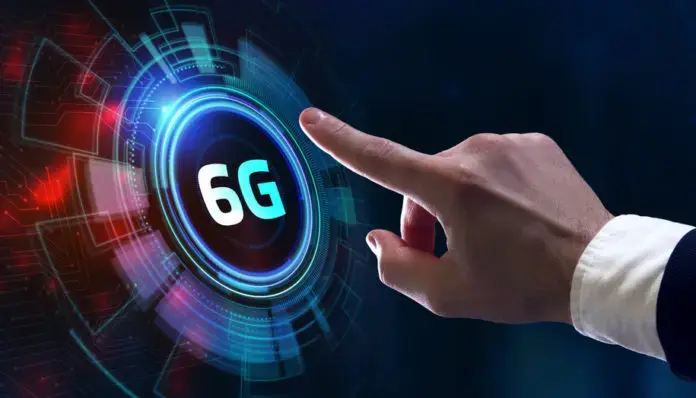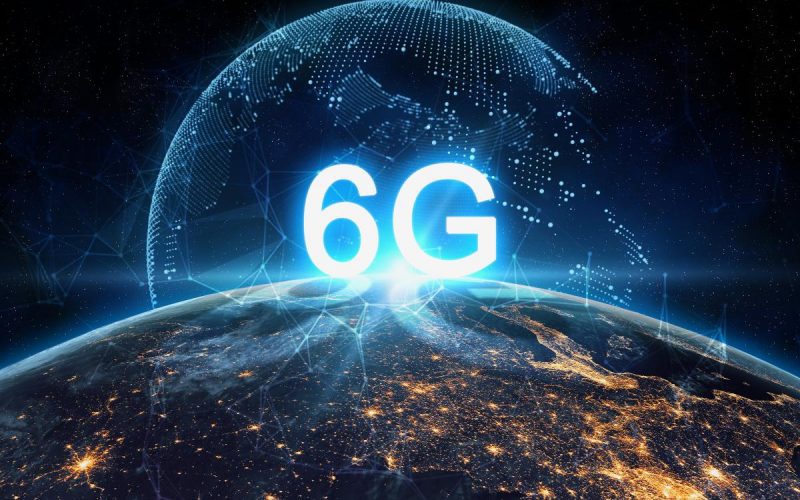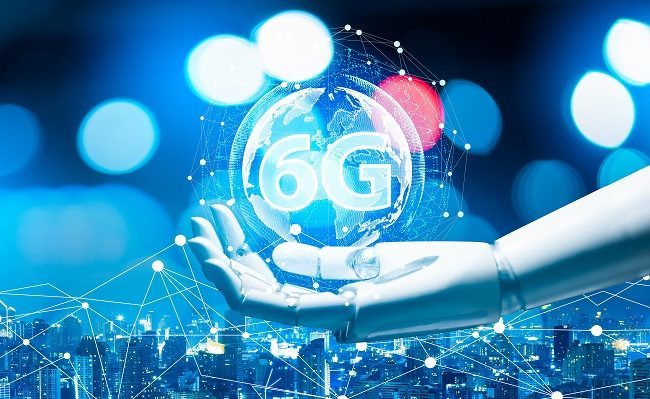South Korea’s information and communications technology minister revealed on Monday that it plans to deploy commercial 6G network services in 2028. The source said the rollout came two years earlier than originally planned.

The nation of South Korea also aspires to be the first to use 6G technology, and Samsung and LG are expected to support this goal.
In case anyone is curious, South Korea was also the first nation to roll out a commercial 5G network. In a similar vein, Samsung released the Galaxy S10 5G in 2019, the first 5G-capable smartphone.
Using cutting-edge hardware and software as well as strengthening its network supply chain, the nation will develop its own 6G network service. To do this, the South Korean government would offer incentives to domestic businesses to create components and materials in order to build the 6G network as soon as it is unveiled.
To be the first publicly or more accurately commercially available 6G network, South Korea has been engaged in a sort of race with the US, Taiwan, and China. China and Taiwan present the most difficult obstacles for South Korea among these nations. However, there is a good chance that China’s efforts to develop 6G networks will be impeded in some way due to the embargoes and sanctions placed on the country.
The project’s estimated cost of 625.3 billion won (or about $482.1 million) places additional strain on the supply chain network. With the fourth-largest economy in Asia, South Korea will only trail China (26%) in 2022 in terms of 5G patents with 25.9%. Comparatively, US and European companies dominated the development of earlier 4G technology.

By acquiring top-tier 6G network hardware and introducing the technology, South Korea hopes to outperform rival nations. Additionally, the government wants to increase the proportion of 6G patents to 30% or more. South Korea will help the world ahead of it in the race for future network infrastructure by implementing 6G technology early in order to meet future demands.
The next stage of communication is largely seen as being enabled by 6G networks and speed. The virtual and physical worlds will be combined by 6G, according to Zhang Yongtao, deputy general manager of Ericsson China Technology Department. He thinks that the advent of 6G will make holographic communication a reality.
By 2030, or even earlier, India intends to launch its 6G networks.










